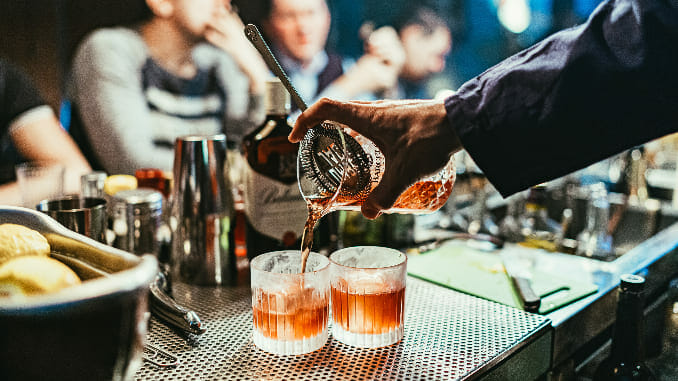Revisiting the Wonderful World of Vintage Cocktails
Photo by Stanislav Ivanitskiy/Unsplash
For those who imbibe, and I can personally attest to this, much of our taste for alcoholic beverages developed as a result of experimentation. Growth in age and palette absolutely changed my tastes, and there are drinks that I would never touch now.
Although there has been no shortage of new and innovative cocktails coming to the fore in recent years, there has also been a desire to rediscover those from a bygone era. Why did some continue to be popular while others faded away? With that in mind, I decided to mix up some vintage cocktails!
Several of the cocktails I list below are part of my own drink choices to this day, and this list is by no means definitive. I did set a few parameters. Each one is said to have been invented within the last 100 years, and I’m not including certain classics that have never gone out of style.
Join me on this journey into the realm of vintage drinks as I share some oldies but goodies.
1. White Russian
Although you may not expect a dairy product to be a big player in cocktail culture, several stronger spirits and cordials have been turned into dessert drinks when mixed with something creamy.
A blend of coffee liqueur (such as Kahlua), vodka and cream, the White Russian is undoubtedly the best known of the dairy-based cocktails. With the White Russian, I think the vodka certainly cuts down the level of syrupiness you get from the milk and coffee liqueur.
As stated in Chilled Magazine, the White Russian was created sometime in the 1950s in a Brussels hotel. Inevitably, the thrill died down, and the drink all but disappeared until 1998. Thanks to The Big Lebowski , where Jeff Bridges’ character knocks back a few of these throughout the film, the White Russian renaissance began. The Dude certainly knew a good thing when he drank it, and so do I.
Most dairy-based drinks use cream or half and half as a mixer. If either is too rich for your taste, you can certainly substitute milk. I think you do need a decent amount of milkfat to allow the spirits to blend with the dairy properly, so I would not recommend using skim milk. I personally have not tried making these kinds of cocktails with a non-dairy milk substitute, but I would imagine that the results would be just as tasty.
-

-

-

-

-

-

-

-

-

-

-

-

-

-

-

-

-

-

-

-

-

-

-

-

-

-

-

-

-

-

-

-

-

-

-

-

-

-

-

-








































